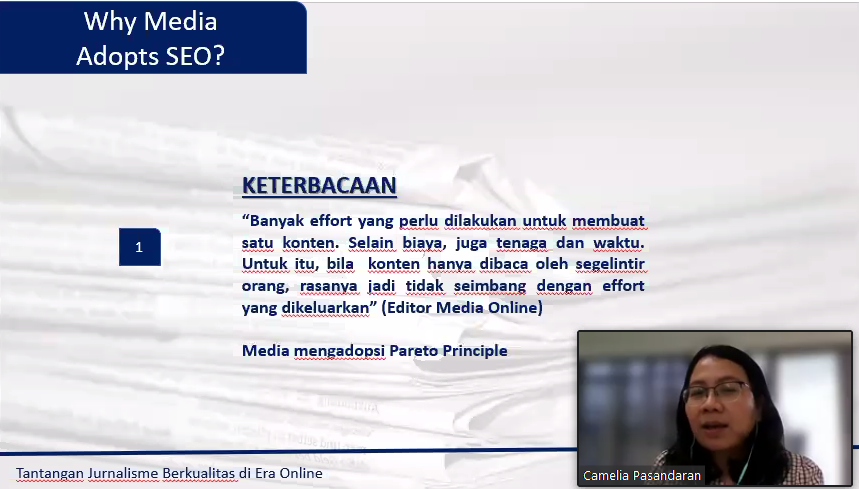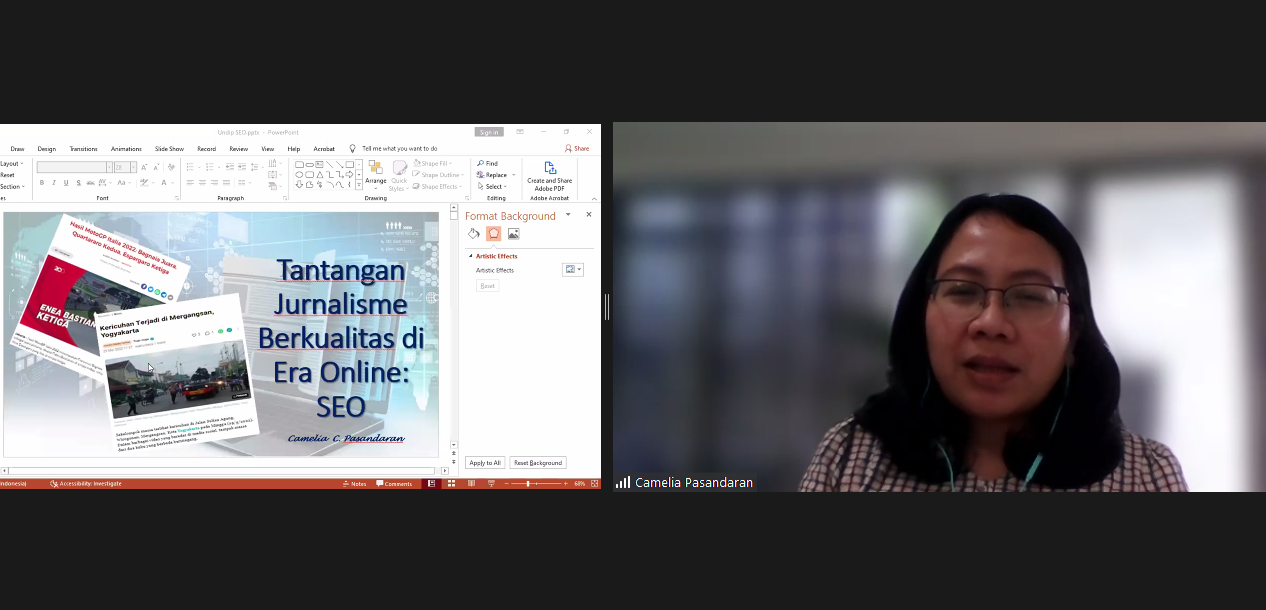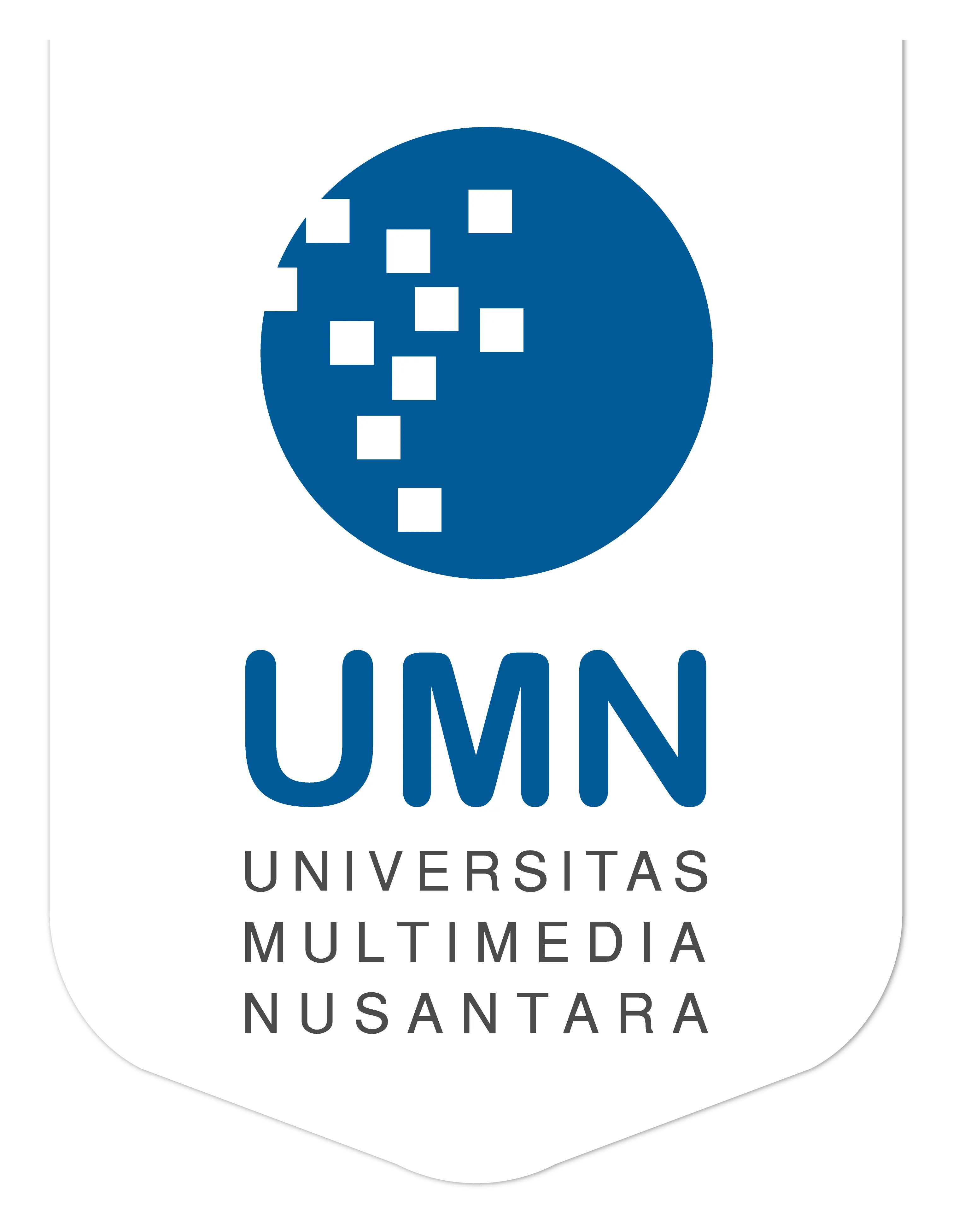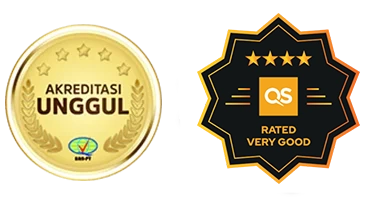
Camelia Catharina, dosen UMN membahas praktik SEO dalam dunia jurnalisme (Dok.UMN)
TANGERANG – Search Engine Optimization (SEO)-friendly content is in high demand. More industries, including mass media, are increasing their production of high volume, short, keyword-rich and oriented, and low-cost content to improve their site traffic. This brings the question, is SEO-based news killing journalism? Camelia Catharina, a Journalism lecturer from Multimedia Nusantara University (UMN), discusses this issue.
The discussion is a part of a webinar themed “Tantangan Jurnalisme Berkualitas di Era Online: SEO dalam Praktik Bisnis Media Online dan Pemenuhan Etika Jurnalisme” (The Challenges of Quality Journalism in the Online Era: SEO in Online Media Business Practices and Fulfillment of Journalism Ethics) conducted by the Communications department of Diponegoro University (30/05/22). Camelia was invited as the keynote speaker of the event.
SEO is not new. Dr. Camelia explained that SEO is an old practice but recently gained momentum. According to Search Engine Journal, SEO was approximately birthed around the ’90s. “Everyone is trying to figure out how to have our content on the first page of Google searches and gain more site traffic. So, companies are now implementing SEO in their practices,” Camelia shared.
SEO-Based Journalism
SEO is not limited to the general business industry. Mass media is also adopting SEO in their practices. Camelia proceeded to share her experience and knowledge regarding the implementation of SEO in Indonesian and international news media. She shared that news media now creates a separate team for SEO, and there are two types of content produced by news media for SEO purposes, which are timeless and timely content.
“Timeless content contains information that will still be relevant even when read in the future. Timely content contains viral information that is happening in specific moments but may not be relevant in the future,” Camelia explained.
She gave Kompas as an example. Kompas is now mass-producing timeless content. Timeless content is considered SEO-friendly because it contains information people will always search for, regardless of when. For example, “how to cook pizza at home” or “how to deactivate my Instagram account.” Camelia even shared that news media are posting song lyrics on their site because it gains traffic.
Notice the kind of content that tends to be SEO-friendly? A pain-free, low-cost content that doesn’t require a lot of rigorous journalistic skills. “Because of SEO, now everyone can produce content without studying Journalism,” Camelia said while laughing. Journalists, too, don’t require any effort when producing SEO content.

Webinar Nasional FISIP Universitas Diponegoro (Dok.UMN)
How SEO Benefits and Ruins Journalism
Why media adopts SEO is obvious. Just like every other industry that embraces SEO, it’s to increase traffic on their site. Traffic is essential in news media because it affects their ad performance. If a media has low traffic, the possibility of getting ads or high-paying ads is very low.
“In a media with high traffic, one content can generate 40-50 million Rupiah from ads. Naturally, advertisers will want to advertise in news media that has high traffic because high traffic equals plenty of readers (aka potential customers for the advertisers),” Camelia shared. The media needs ad revenue to keep their company running. As in Indonesia, the public is still not keen to pay for news, forcing news media to rely on ads.
Camelia gave Kumparan as another example. She shared that Kumparan has a special division for SEO to produce 7-25 articles a day. Kumparan SEO writers will figure out what keywords are trending and write articles based on those keywords. This practice resulted in an increase in traffic and clicks.
The practice of SEO in news media may seem harmless, but many problems come with it. Camelia, who talked with her journalist peers, shared that SEO-based journalism pushes journalists to their limits. “With SEO, journalists’ values are now measured by clicks and traffic, not the quality of their writing. This resulted in over-worked journalists and removed journalists’ idealism,” Camelia explained.
With SEO, journalism becomes market-driven. The New York Times shared in an article that The Washington Post and The Wall Street Journal changed their practices when covering news after using online metrics (keyword generators) to figure out what kind of news the public wants. This also resulted in another argument. “Customers is king,” but does this apply to journalism too?
Some argue that the media should report what the audiences want, making SEO-based journalism very beneficial for news media. Although, Camelia explained that SEO might destroy news media’s news judgment since they don’t care about the news value and solely give in to what the public wants to read. The news that tends to get more clicks are viral, sensational, and entertainment-related news. Isn’t one of the roles and functions of the press is to educate the public?
With this logic, “rather than covering about corruption, the destruction of our planet, the news media will rather choose to report on Atta Halilintar and his family (a famous Indonesian celebrity) because it gets more clicks,” Camelia explained. If this continues, important news with high news value will be overshadowed, and high-quality journalism will decrease. The rise of SEO can also cause an increase in journalism’s everlasting enemy, “clickbait.”
“If we want to look at it positively, maybe this (SEO-based journalism) is the new and evolved journalism, whether we like it or not. On the negative side, maybe journalism is already dead. Because the ‘real’ journalism is already replaced with the online media trends,” Camelia shared.
What Can be Done?
Camelia said that SEO is like nuclear; it can be used for good and bad things. She shared there is a couple of things to implement SEO ethically. “Ensure there is a dividing line between journalists and SEO writers. News still have to put their main focus on news value, not keywords,” she emphasized. Increasing site traffic with SEO is fine, but it doesn’t mean neglecting traditional journalistic practices.
To put the spirits back up, despite the rise of “useless” content, long-form, in-depth, and high-quality journalism is still highly appreciated. Dr. Camelia gave this one article by ProPublica titled “The Deadly Choices at Memorial” as an example. “Memorial Medical Center” was not a popular keyword, but it climbed up Google’s rankings since the issue attracted so many people’s attention.
When mainstream mass media is producing short and keyword-driven articles, plenty of alternative media provide high-quality coverage like “Project Multatuli,” which gained a lot of popularity, especially among younger Indonesian people. To keep high-quality journalism alive, everyone must support that kind of high-quality journalism. The public must also be educated and encouraged to want to pay for news, supporting news media in producing high-quality reporting.
In conclusion, news media should use SEO properly to prevent the downfall of journalism and use SEO to enhance existing journalistic practices instead.
*by Levina Chrestella Theodora | UMN News Service
English translation by Levina Chrestella Theodora
Kuliah di Jakarta untuk jurusan program studi Informatika| Sistem Informasi | Teknik Komputer | Teknik Elektro | Teknik Fisika | Akuntansi | Manajemen| Komunikasi Strategis | Jurnalistik | Desain Komunikasi Visual | Film dan Animasi | Arsitektur | D3 Perhotelan | International Program, di Universitas Multimedia Nusantara. www.umn.ac.id







